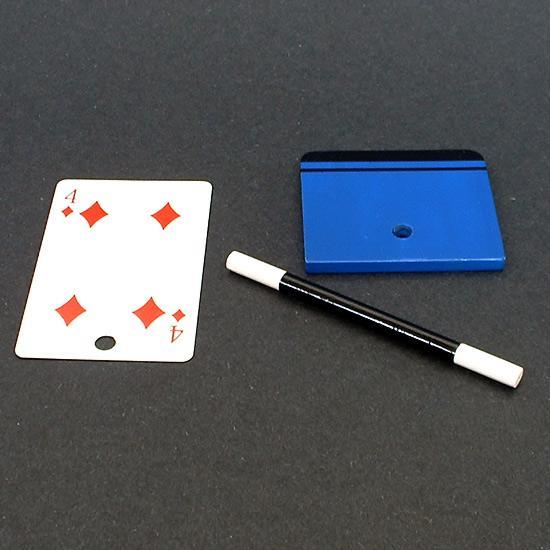

His beloved dog Beauty, who Lafayette always considered brought him luck (a gift from his close friend Houdini) had died a few days earlier. The original discovery had been his body double and bandleader.

Lafayette’s remains were sent for cremation but a few days later another body was found under the burned out stage that was positively identified as the magician. Doors had been locked to protect the magician’s secrets so escape was almost impossible. A lantern fell igniting scenery and fire spread rapidly. One of the highest paid entertainers in the land, American Sigmund Neuberger, (aka the Great Lafayette), died along with 10 of his company in 1911 when disaster struck during a performance of his signature illusion, The Lion’s Bride. Lafayette (1871-1911) holds the unusual distinction of creating his last deception after death. One of the darkest exhibits in our collection, this sword is purported to have been found beside the charred body of the famous magician after a terrible fire swept through Edinburgh’s Empire Palace (now Edinburgh Festival) Theatre. Your browser does not support the audio element. It was unveiled in 1998 on the opening of The Centre for the Magical Arts. One of his best-known tricks involved a boy, a girl and some eggs: hence the latter’s depiction in this bronze sculpture by Faith Winter, born 1927, and generously donated by American member David Baldwin (1928-2014). His donations also founded the basis of The Magic Circle Library and Museum. Devant appeared in the first Royal Command Performance and was a pioneer in early cinema. He was a skilled and witty performer, and was equally admired by the public and fellow professionals, becoming a household name long before TV. He was a brilliant inventor, creating such whimsical effects as The Mascot Moth - where a winged human assistant vanished into a candle flame. David Devant (1868-1941) was the founding President of The Magic Circle and is widely regarded as Great Britain’s greatest magician, and arguably the most important of the 20th Century.


 0 kommentar(er)
0 kommentar(er)
